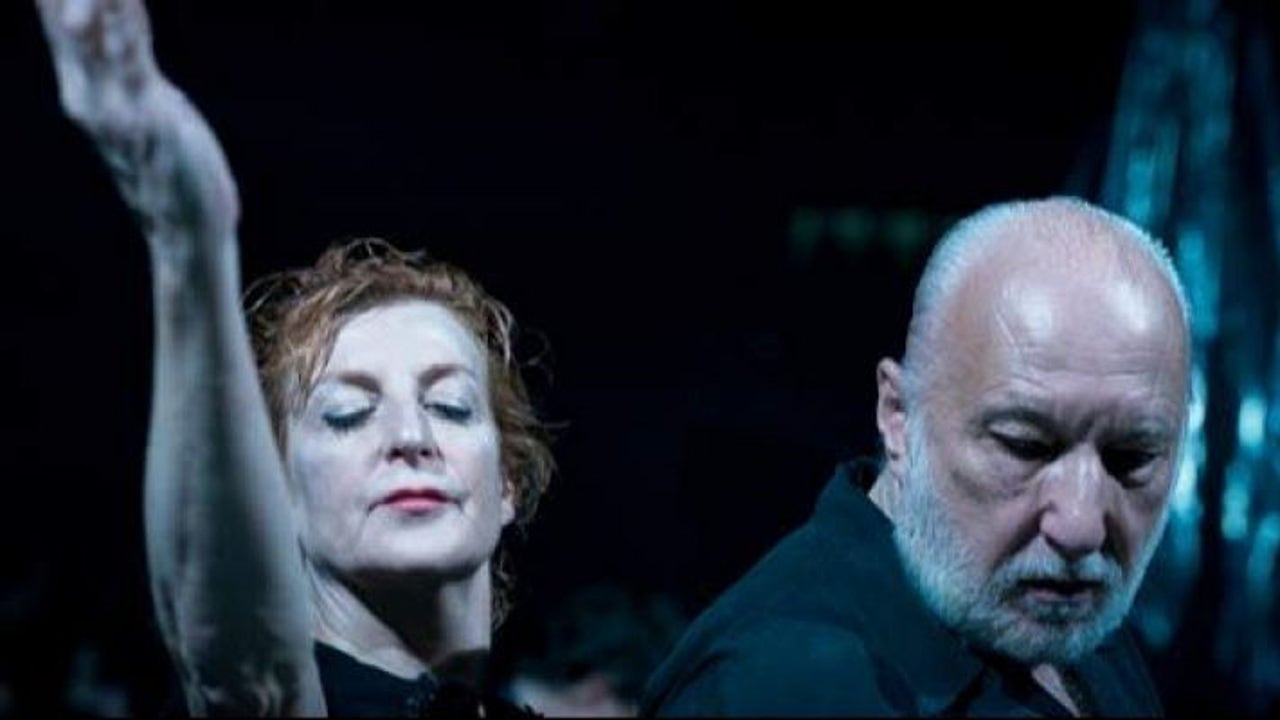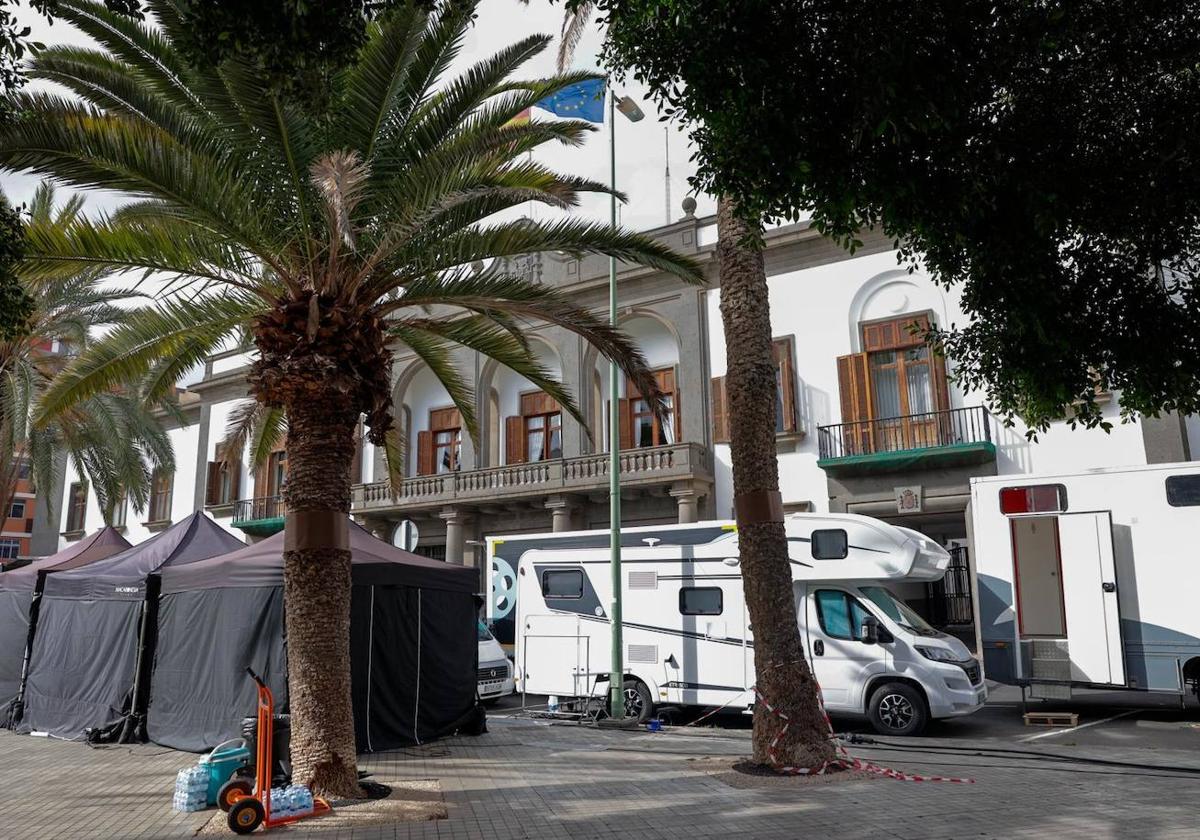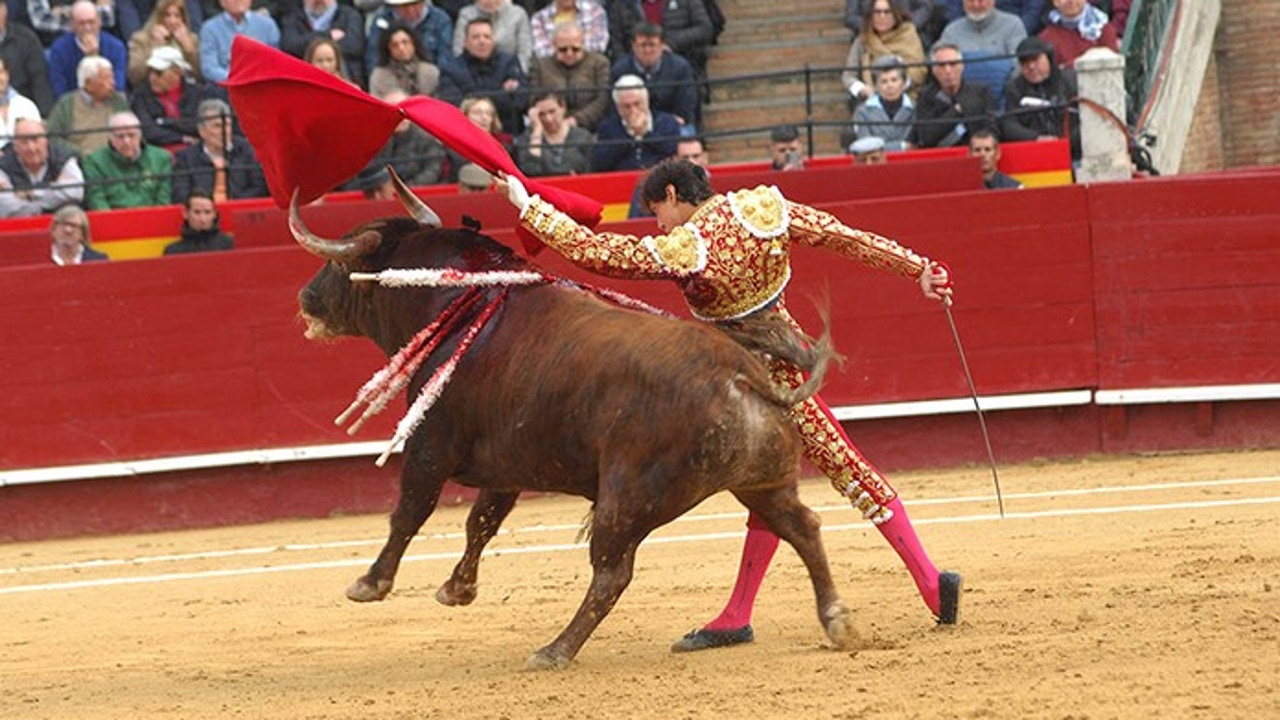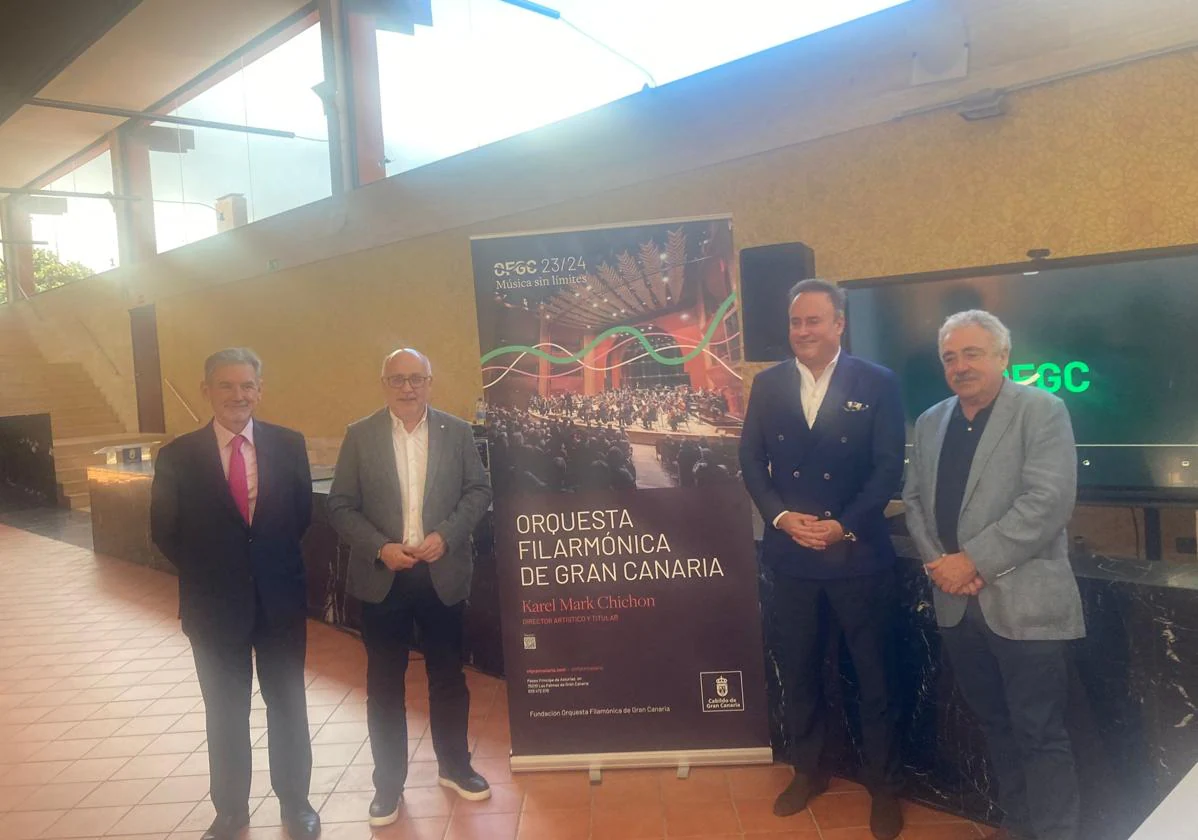Three Catalinas to rediscover the history of women in the Canary Museum for 8M
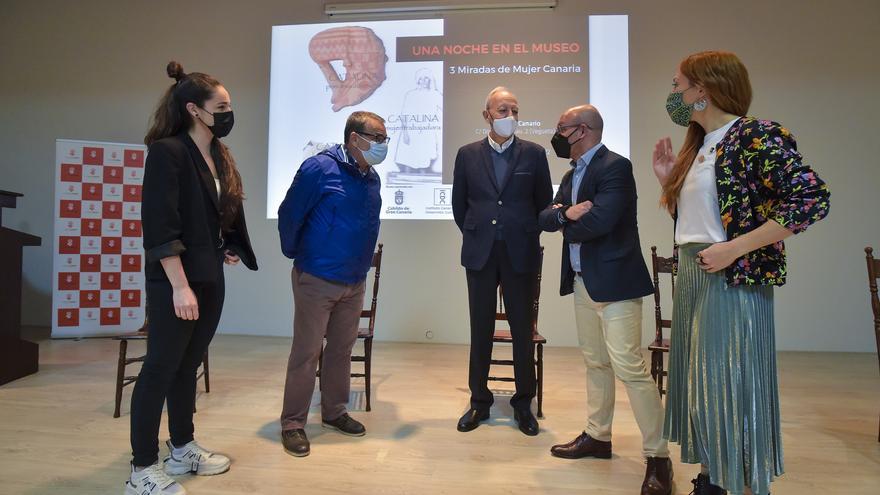

Three perspectives to discover a world that was hidden between the folds of history and that are now rescued. The proposal is based on this concept. 3 Looks of Canarian Womanan interdisciplinary project of the Museo Canario that stands on the meticulous work of memory by paying homage to three distinguished Catalinas that show the disparity with which women have been treated in the past: Catalina Hernández Guanarteme, aboriginal princess, Catalina la Malfajada, executed for witchcraft, and Catalina, as a common name that represents the silent work of those workers supported on their shoulders by the homes that survived in the 19th and 20th centuries in the Canary Islands. History and art come together to express their testimonies in a monologue performed by actress María Quintana, a piece choreographed by dancer Daura Hernández García, and a photographic installation by filmmaker Miguel G. Morales.
The archive funds and collections of the scientific institution are the research base that has made possible this initiative presented today, March 8 by the International Women's Day, and now available for public enjoyment. Fernando Betancor, archivist of the entity, followed the trail of Catalina de Candelaria, a mulatto woman who would be executed in 1662 by the Holy Office of the Inquisition. Daughter of an African woman brought to Tenerife, the young Catalina lived in the deepest poverty, illiterate and with three children conceived out of wedlock. Circumstances that condemned her to social ostracism in a period where religious doctrine dictated customs.
witches and free
As a way of subsisting, she carried out practices such as spells or luck, in addition to curing the sick, who condemned her, since her clients considered themselves cheated. "She was the propitious victim of the system that showed her to society as an example of bad behavior", the archivist explained, "because men were allowed magical activities because they were considered cultured people for reading and writing." The punishment included public ridicule where he showed his chest exposed while his peers made fun of him, in addition to whipping. Total, more than 600 women were executed and 300 of them under the name of "witch" by the Inquisition: "Witchcraft was a female crime, more so in this era where women were relegated to the domestic sphere, without the option to exercise power and in inequality with men".
Daura Hernandez Garcia -who today makes special emphasis that we name her with her second surname in honor of her mother- was researching in Germany this archetype that has weighed on the female imagination for centuries when she was called to give life to Catalina. She was working on a trilogy that reflects on the connotations of this current insult and, at the same time, links with the fascination of the fictional figure. With this baggage, she will express with her body not only the testimony of the character, but that of all those women who suffered the same fate. "This is a tribute to all those witches who, in reality, were victims of the patriarchal system, because a free woman was a dangerous woman".
The aboriginal princess Catalina Hernández Guanarteme
The second piece of this montage rests on the dramatized monologue of the writer and historian Faneque Hernandez Bautistawho had already fictionalized the story of the princess in Requiem for Catalina Hernández. The young woman was born in 1482 in the Alcázar de los Reyes Cristianos in Córdoba when her mother, the aboriginal queen Juana Hernández Abenchara and wife of Tenesor Semidán -Spanishized as Fernando Guanarteme-, was kidnapped by the conquerors and transferred to the peninsula during the conquest of the island of Gran Canaria. "My mission has been to connect the ends, since there was a lot of concealment of the truth. This girl was raised in the Castilian court with the prohibition of speaking their language and returned married as a religious lady and attached to traditions, although she knew how to defend her identity as a Canarian and a free person", emphasizes the researcher.
"As an artist, it is very gratifying to tackle a challenge of this style," he says. actress Maria Quintana. She is 26 years old, so the age difference in this story that shows Catalina on the verge of death saying goodbye to her in a letter will be an obstacle that she considers surmountable. "I notice that the younger generations have more internalized the history of the Canary Islands, unlike mine or older generations, but the question is to know how they treated women and the lack of rights that existed in these circumstances", he recounts.
The tour will be completed with the tour made up of images by the filmmaker Miguel G. Moreno, who, in the words of Diego Lopez Diaz President of the Scientific Society El Museo Canariomakes around the 19th and 20th century "a tribute to working women, in the hidden and miserable sense of the word because they were in very precarious conditions of subsistence, despite contributing to the maintenance of their families". As a whole, a portrait that encompasses the conquest, the old regime and the opening of the Islands to an incipient equality that continues to be pursued today in the multiple faces of Catalina.

